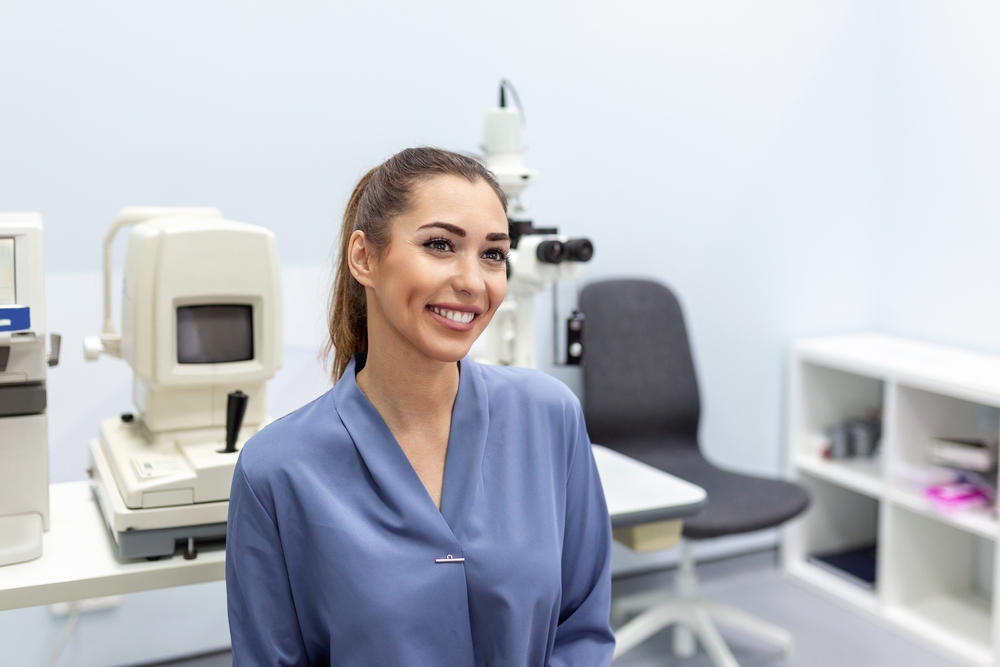
In its normal state, the cornea is usually dome-shaped, like a sphere. But in some instances, the structure of your eye is not strong enough to hold the dome shape. It leads to the eye bulging outward like a cone, resulting in a condition called keratoconus.
How Keratoconus Occurs
Your eye contains tiny protein fibers known as collagen that help hold your cornea in place. Under certain circumstances, the tiny collagen fibers can weaken. It makes them unable to maintain the shape of the cornea. This results in your cornea getting a more cone-like shape.
It occurs when you have a deficiency in essential, protective antioxidants in your cornea. Just like a car’s exhaust system, the cells in your cornea release harmful byproducts. The antioxidants get rid of these byproducts, protecting the collagen fibers. But if you have low antioxidant levels, the fibers weaken, and your cornea bulges.
Causes of Keratoconus
Researchers do not know what causes keratoconus. However, they believe it is likely to be hereditary in some people. The condition has links to several things:
Age - Keratoconus usually starts when a patient is a teenager. Yet, other people exhibit symptoms of the disease in childhood and others in their 30s. Keratoconus can also occur when you are over 40 years or older. However, this is uncommon.
Genetics - You have a greater risk of getting keratoconus if someone in your family is suffering from it. If you are suffering from the condition, take your children to a pediatric eye doctor for a comprehensive eye exam. The most appropriate time is when they are around ten years old.
Certain Diseases - Studies show a link between the condition and certain systematic disorders. These include osteogenesis imperfecta, Down’s syndrome, as well as retinitis pigmentosa.
Symptoms of Keratoconus
While the condition affects both eyes, they can experience different vision. It means each eye’s symptoms can differ from the other. The symptoms include:
- Mildly distorted vision. Straight lines may appear wavy or bent.
- Swelling or redness of the eye.
- Increased sensitivity to glare and light.
- Slight blurring of vision.
Symptoms of Advanced Keratoconus
As keratoconus advances, you may notice the following symptoms:
- Increased astigmatism or nearsightedness. When your eyes can no longer focus well at this stage, you may require new prescription eyeglasses.
- More distorted and blurry vision.
- Inability to wear contact lenses. They become uncomfortable as they do not fit properly anymore.
Keratoconus Treatment
Each treatment varies, depending on your symptoms. Mild symptoms mean eyeglasses or specially designed contact lenses can treat your condition. Your eye surgeon might also discuss using Intacs®. They are small, curved devices that your eye doctor surgically inserts in your cornea. They help flatten your cornea’s curvature and improve your vision.
Your eye doctor might also use eye drops and a special UV light to strengthen your cornea. This collagen cross-linking procedure helps stiffen and flatten your cornea, preventing it from bulging further.
But if your symptoms are more severe, your eye doctor might recommend a corneal transplant. Here, all or part of the damaged cornea is surgically replaced with healthy donor cornea tissue.
For more on keratoconus, call Clarity Vision at (919) 367-2832 to reach our office in Apex, North Carolina.
















